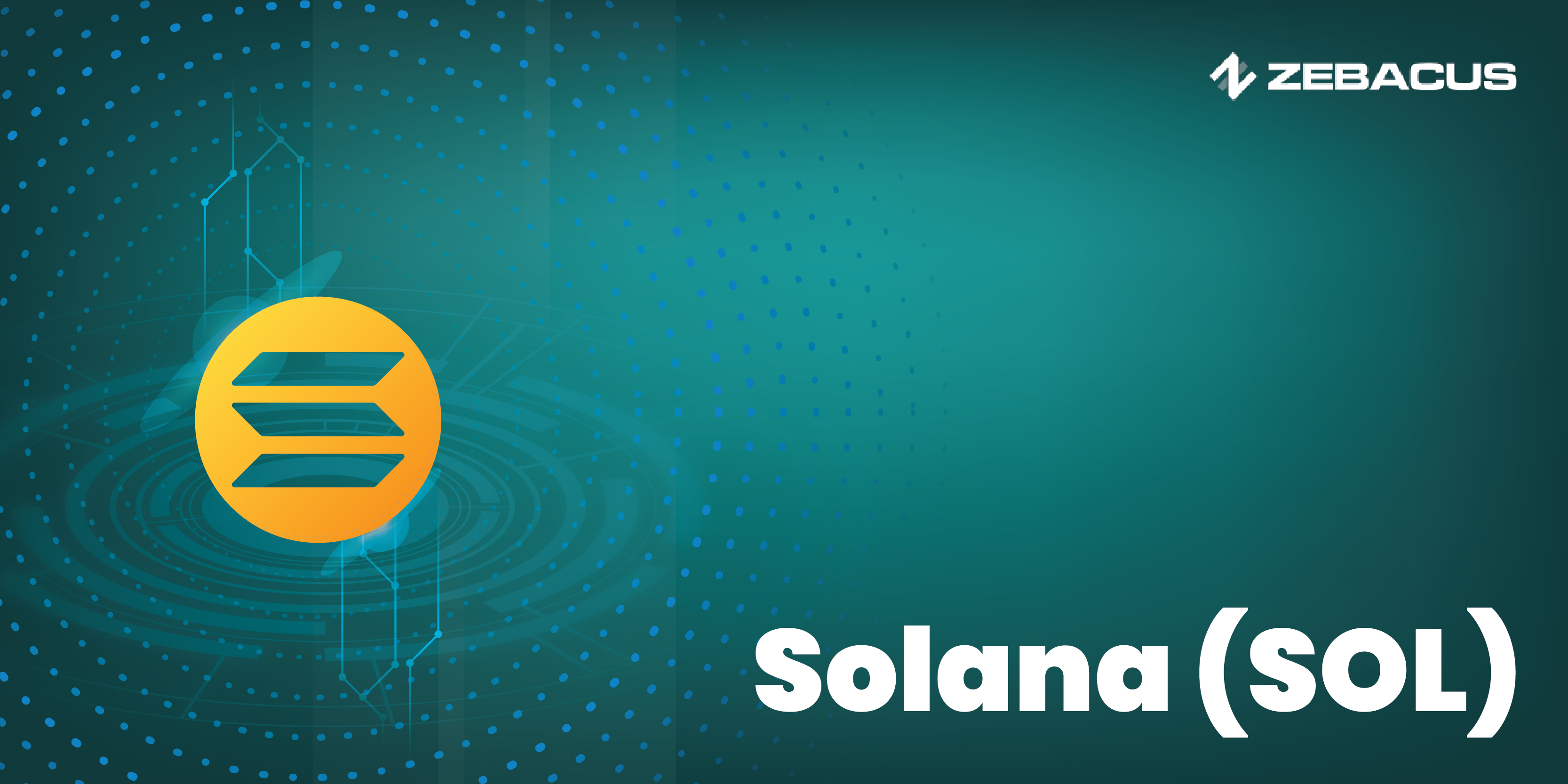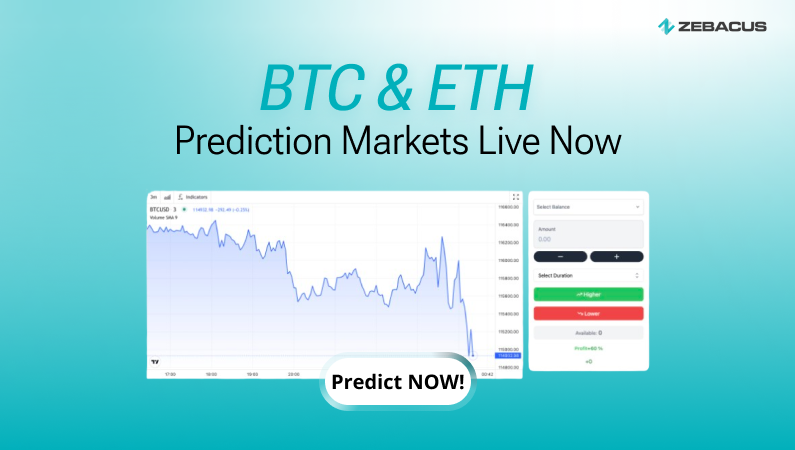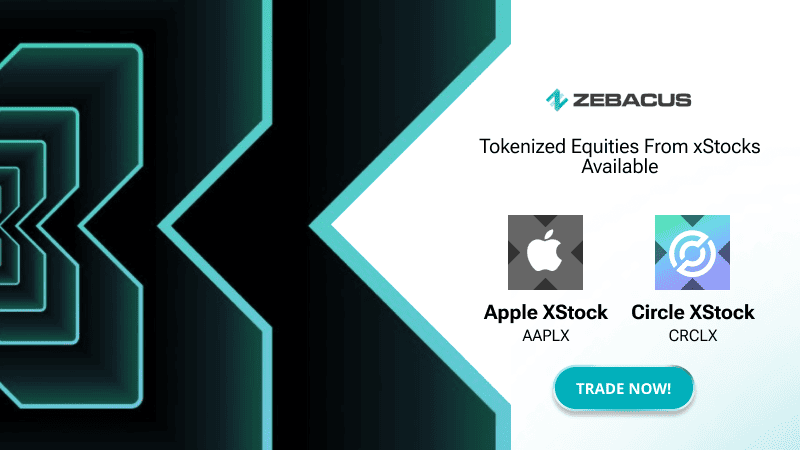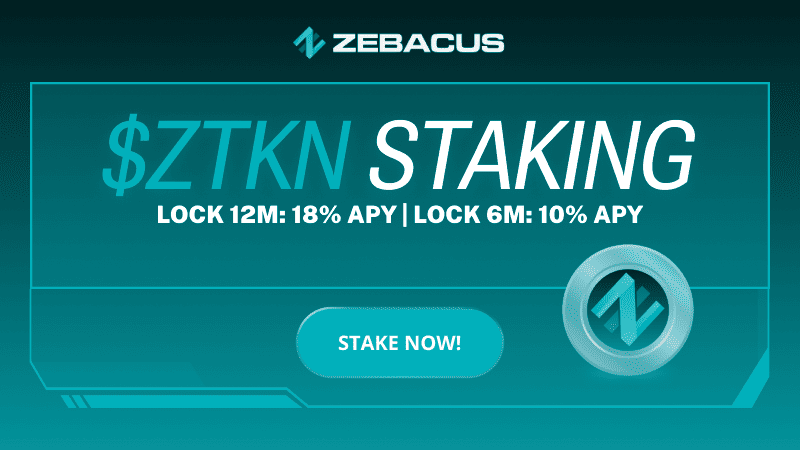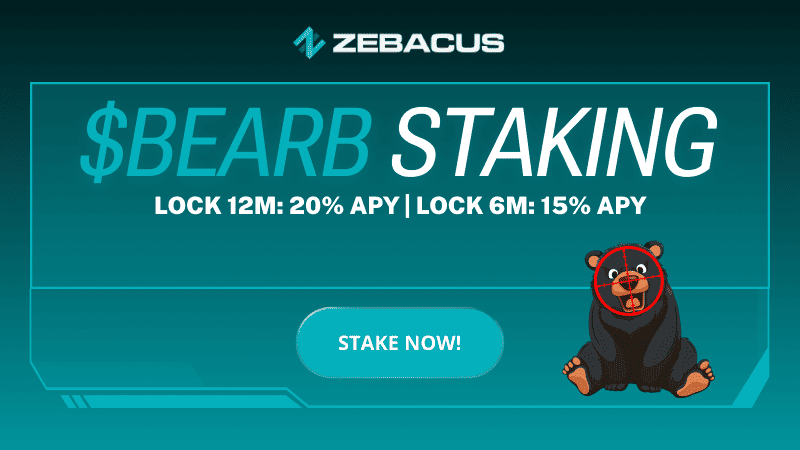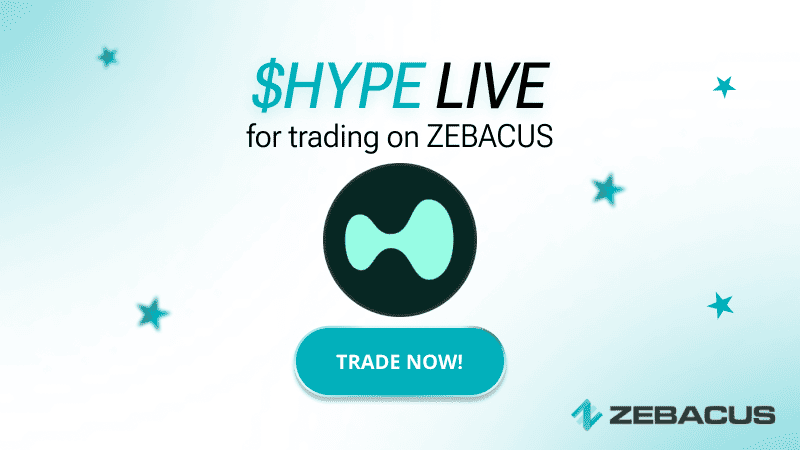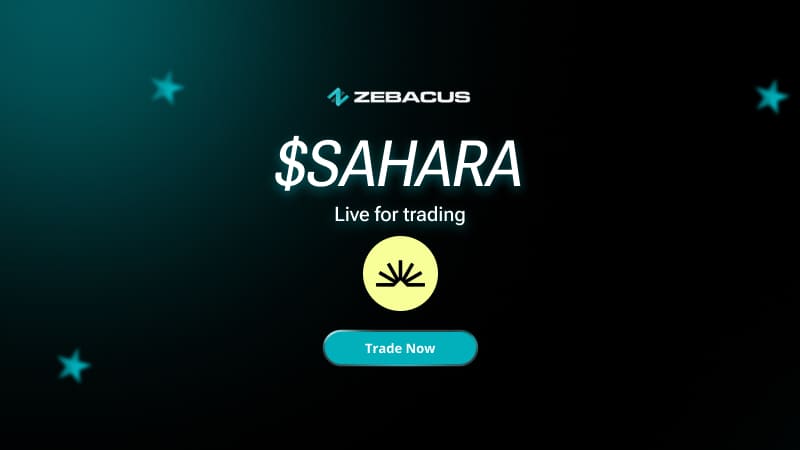What is Solana (SOL)?
Every other altcoin out there tries to solve one or more of the limitations of Bitcoin. Solana’s deal is speed. Though Solana was a late entrant into the crypto space, the platform was rapidly adopted by developers and the SOL token has seen an exponential growth in value. In this article, we will explore how Solana achieved this and we will talk about the formation of the platform, its underlying technology, the tokenomics of SOL, and much more. Let’s get started!
What Is Solana?
Solana is a high-performance blockchain platform designed to support decentralized applications (dApps) and cryptocurrencies, making it a direct competitor of both Bitcoin and Ethereum. The platform is quite fast and scalable and boasts some impressive technology under the hood. Created by Anatoly Yakovenko and his team, Solana aims to tackle the slow transaction speeds and exorbitant transaction costs plaguing the other major blockchains. Solana archives this using something known as a Proof-of-Authority (PoA) consensus. More on this later.
The Birth of Solana
The idea behind Solana was conceived in 2017 by Anatoly Yakovenko, a former Qualcomm engineer who had the vision for a blockchain that could achieve high throughput without compromising decentralization. He published a white paper in November 2017 introducing Proof of History (PoH), a novel consensus algorithm that could timestamp transactions to optimize efficiency. Anatoly then teamed up with co-founders Greg Fitzgerald and Eric Williams and founded Solana Labs. In March 2020, Solana launched its mainnet beta and demonstrated its ability to handle thousands of transactions per second, which was a game-changer back then.
Speed and Scalability
When we talk about speed, Solana is like the Usain Bolt of blockchains. Traditional blockchains often struggle with scalability—processing more transactions as they grow leads to slower speeds and higher costs. However, Solana uses a unique consensus mechanism called Proof of History (PoH) along with Proof-of-Stake (PoS). PoH creates a record that proves that a transaction was done at a specific moment in time. This reduces the need for time-consuming computation, speeding up the entire network. Think of it as adding timestamps to transactions so they can be processed more quickly and in order.
What The Numbers Tell
Solana claims it can handle up to 65,000 transactions per second (TPS). For context, Ethereum currently manages around 30 TPS, and Bitcoin can give even less. This massive difference means Solana can handle high traffic within layer 1, making it perfect for large-scale dApps and decentralized finance (DeFi) projects.
Low Transaction Costs
Another attraction of the Solana platform is its low transaction fees. If you've ever used Ethereum, you would know that gas fees on Ethereum can be a killer, especially during network congestion. Solana's efficient network means transactions are not only faster but also much cheaper, usually costing fractions of a cent. So, you can transfer funds, buy NFTs, or run dApps without worrying about hefty fees eating into your profits.
Ecosystem and Development
The Solana ecosystem is growing rapidly, with a variety of projects being built on it. From DeFi protocols to NFT marketplaces and Web3 applications, Solana is gradually turning into a hub for innovation. Some notable projects include Raydium, Serum, and Audius. Developers are flocking to Solana because of its robust toolkit and supportive community. Solana offers extensive documentation and grants and conducts hackathons to encourage new projects and collaborations. It is considered one of the best for novice blockchain programmers.
SOL– The Native Token
The native cryptocurrency of the Solana network is known as SOL. It is primarily used to pay transaction fees within the Solana ecosystem and for staking, which helps secure the blockchain. Stakers can earn rewards for participating in the network's consensus process. Beyond that, SOL has become a popular investment asset, with many seeing it as a promising alternative to Ethereum. At the time of writing SOL is 5th largest cryptocurrency with a whopping $150 billion market capitalization.
The Future of Solana
The future looks bright for Solana. With continuous improvements and growing adoption, the platform is positioned to be a major player in the years to come. However, the blockchain industry remains highly competitive, and new technologies are emerging all the time. Solana will need to keep innovating and maintaining its edge over speed and cost-effectiveness to stay relevant.
Concluding Thoughts
Simply put, Solana is a high-speed, low-cost blockchain platform that supports smart contracts. With its unique Proof of History mechanism, Solana offers scalability and efficiency that outshines many of its competitors. Its growing ecosystem and strong community support make it an exciting platform for both developers and investors. As the digital landscape continues to evolve, Solana’s blend of speed and low costs makes it a project to watch closely. Who knows? Solana just might be the game-changer we've all been waiting for.
